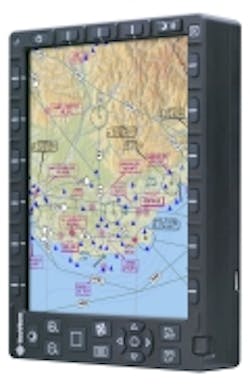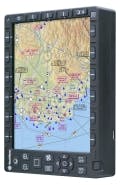Military EFBs take on rugged, tactical form
Posted by John McHaleMILWAUKEE, 5 May 2010. Military pilots and commercial pilots want avionics technology that improves their decision-making and enables greater situational awareness. However, military avionics systems must be more rugged and more secure than commercial technology to survive the harsh environment of combat."The main difference with military applications compared to commercial EFB systems is that for some applications the military requires their data be secure," says Bill Ruhl, director of marketing at Astronautics Corporation of America in Milwaukee, Wis. "In the long run they eventually would like to have an EFB that can handle secure and non secure technology," he adds. "The primary goal for the military users is to increase mission effectiveness by enhancing situational awareness shared among the whole crew, and among the aircraft operating in the theater" says Scott Powell, enterprise manager, for cockpit solutions, Aviation at Jeppesen in Englewood, Colo. EFBs in the cockpit provide a tactical advantage, he adds."The military market is driven less by the recession and more by global conflicts and humanitarian relief missions," says Rick Ellerbrock, strategist at Jeppesen."The special mission versions of transport aircraft such as the C-130s will require secure information and those are the aircraft we’re interested in," Ruhl says. Astronautics makes an electronic flight bag product for the military called the Tactical Flight Bag or TFB, Ruhl says. Montreal , Quebec

